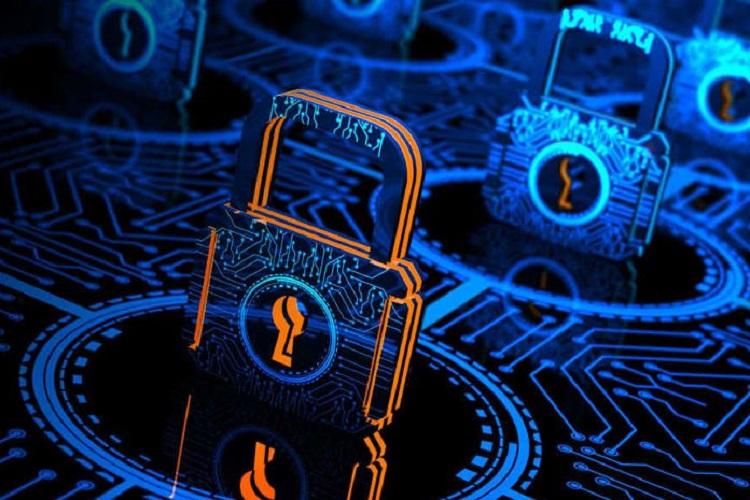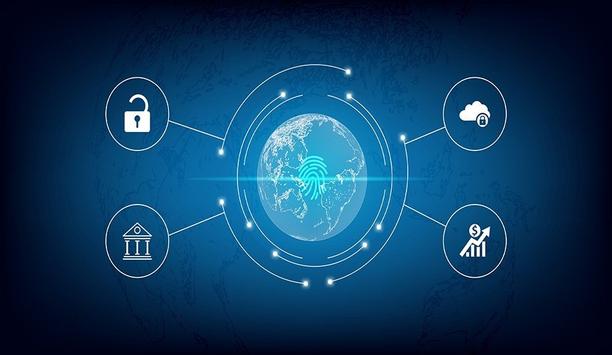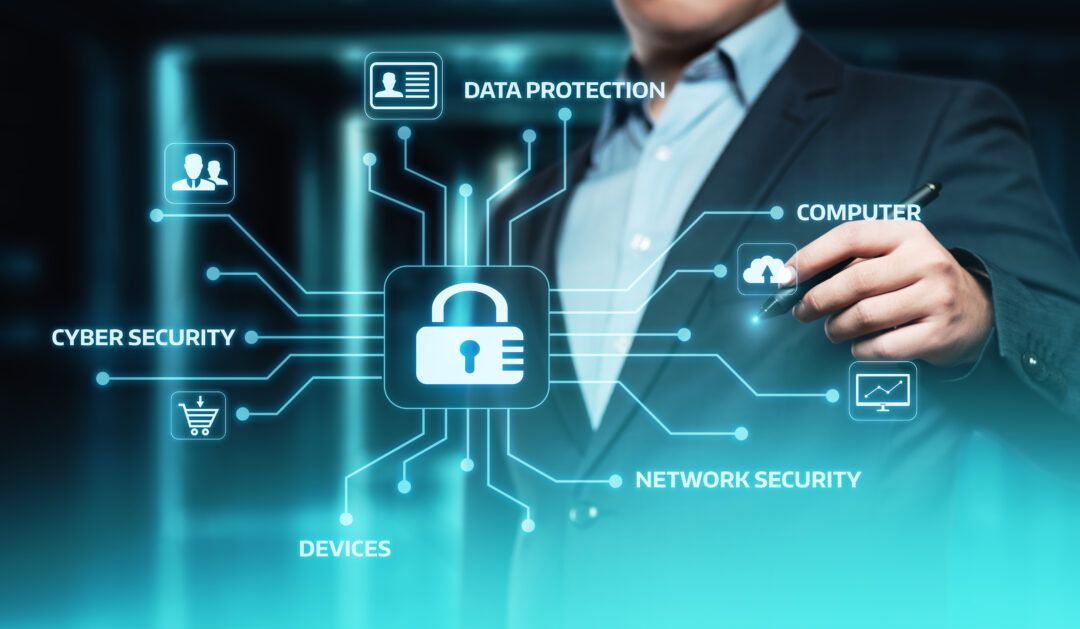
por Rebeca | Ene 11, 2023 | Ciberseguridad

Transforming risk into an advantage
The need for a conscious and holistic approach to governance, evidently risk and compliance (GRC) has never been more critical for organizations. As the business environment changes, companies need to evolve their GRC strategies to maintain a holistic view of interconnected risks, fourthly understand the financial implications of those risks and make more informed decisions at all levels.
How to take a proactive approach to transform risk into a strategic advantage:
- As your business prepares for inflation, economic uncertainty, and the global risk of stagflation, you must build resiliency to recover from obstacles with minimal business impact. despite Resiliency has gained importance in recent years. It integrates with enterprise-wide risk management and works across the organization, basically providing a comprehensive view of what’s at stake. Agility and resilience complement each other.
- Technology leaders, like CIOs, now at the center of corporate decisions, are becoming critical decision-makers in core business functions such as marketing, sales, product development, and finance.
- To build and maintain customer trust in third-party vendors, you need a proactive approach to third-party risk management. Amid escalating economic uncertainty, you need to look closely at third-party companies as businesses – which vendors are mission-critical and which ones you can eliminate with minimal negative impact. Most companies conduct some due diligence, but many don’t monitor third-party risks beyond an annual checklist. By then, information could be outdated, vendors noncompliant, and your business at risk. With the right tools and clear communication, your business can manage vendor risks to protect yourself and your customers.
- More than 80% of consumers believe companies should actively shape ESG guidelines, and almost all (91%) business leaders believe their organization is responsible for acting on ESG issues. Additionally, 86% of employees want to work for businesses that share their values.
- A resilient organization requires flexible and adaptable structures in all operational areas. While hybrid work offers employees flexibility, it also increases operational risk.

Risk management is everyone’s responsibility. Cultivating a culture of resiliency and taking control of third-party relationships will improve your risk attitude.
Source:
- Learn.g2.com
- PwC
- Logicgate.com
- Worldbank

por Rebeca | Ene 26, 2022 | Ciberseguridad, Recursos, Soffid
Companies vulnerable and cybersecirity as priority

companies vulnerable and cybersecirity as priority
Recently, there has been a staggering rise in cybersecurity threats. This is primarily due to the coronavirus pandemic. Increased geopolitical tensions, and cloud and IoT adoption have made companies vulnerable to more frequent and damaging cyber-attacks creating a greater need for security infrastructure and talent.
It is fair to say that convergence can be good for vendors but challenging for users. For many organizations, the prospect of any software platform conversion means more costs, more and possibly different licenses, and added usage. Also, product convergence eliminates competition, potentially leading to higher prices and fewer choices.
Today’s organizations need a cloud-based platform that supports centralized management of remote, mobile, and access to the data center or cloud, and:
- Unifies access policies for on-premise and cloud deployments
- Addresses the nuances of enterprise mobile security
- Reports on the health of all appliances and devices
- Provides a mass-provision workspace for deploying patches and features
Other challenges these organizations face include
- Error-prone access management.
Managing access security appliances on a box-by-box basis is time-consuming for resource-strapped IT teams – and it’s an approach that is prone to error.
- Disparate point solutions.
Separate solutions for remote, local, and mobile enterprise access increase equipment expenditures, operational overhead, and compliance complexity.
- Burdensome bulk operations.
Without centralized management capabilities, IT teams can’t easily perform firmware updates and policy changes across the enterprise, or replicate configuration and polices from one appliance to many.
Identity
Identity started with a focus on humans. Thus, identity is something that can describe a person with a consistent set of details/attributes. But in the era of digital transformation, it is not limited to human identity only.
companies vulnerable architectures have relied primarily on the ability to authenticate user credentials to a directory store and grant fine-grained access to business applications based on statically assigned privileges, regardless of any inherent risk posed by a user.
This model no longer reflects an IT landscape in which a mobile workforce than can use unmanaged smart devices. Unless from anywhere in the world to access sensitive data in cloud-hosted business applications.
A comprehensive identity platform allows for a common user experience across multiple applications and systems (both legacy and modern). In addition, it will enable consumers and distributed workforces to use the same authentication method to access applications and resources across different enterprises.
Soffid helps organizations increase the maturity of their program. By protecting your company from breaches, thereby, still aiding in productivity, competitiveness, and maintenance of regulatory framework.
Sources:
(1) computer.org
(2) Technology Hits
(3) Solutionsreview
Picture: <a href=’https://www.freepik.es/fotos/grafico’>Foto de Gráfico creado por rawpixel.com – www.freepik.es</a>

por Rebeca | Dic 29, 2021 | Sin Categoria
Organizations start asking how they could defend their systems and people differently.

organizations security and trends
Organizations security and trends – The world has changed since the global pandemic broke out in 2020 which has helped cybercriminals.
Homeworking
The ongoing digitization of society, also and the increasingly online nature of our lives. Mean opportunities about for phishers, hackers, afterwards scammers, and extortionists.
As we head into 2022, there is, unfortunately, no sign of this letting up. This is why it’s essential for individuals and businesses to be aware of the ever-growing. Avenues of attack as well as what can be done to mitigate the risks!
While the covid-19 pandemic upended workplaces and ushered in rapid digital transformation. The turmoil around cybercrime has remained constant: attackers are always changing to evade detection.
Importance of Flexible, customer-first solutions
Flexible, customer-first solutions have emerged to meet ever-changing circumstances to keep organizations secure and confident against cyber threats. In the new year, indeed as technology and workplace trends evolve and laws and regulations change, cybersecurity is emerging.
Enterprise spending on cybersecurity is expected to hold steady in 2022, as studies show that nearly all CISOs are getting a budget increase or level funding in the new year—only a small fraction of security chiefs will see their budgets fall.
CSO’s
2021 Security Priorities Study found that 44% of security leaders expect their budgets to increase in the upcoming 12 months; that’s a slight bump-up from the 41% who saw their budgets increase in 2021 over 2020. Fifty-four percent of respondents say they expect their budgets to remain the same over the next 12 months.
According to PwC’s 2022 Global Digital Trust Insights report, “investments continue to pour into cybersecurity” with 69% of responding organizations predicting a rise in their cyber spending for 2022. Some even expect a surge in spending. With 26% saying they anticipate a 10% or higher spike in cyber spending for new year.
Meanwhile, tech research and advisory firm Gartner estimated that spending on information security. Risk management will total $172 billion in 2022. Up from $155 billion in 2021 and $137 billion the year before.
Firstly on organizations security and trends

It’s worth knowing that Gartner’s predictions come from Gartner IT Symposium/Xpo Americas, which ran virtually in October 2021.
The key theme of discussion this year was to explore the lessons learned from the ongoing disruption and uncertainty. organizations secure on their page, Gartner states that they revealed their top strategic predictions for 2022 and beyond. These are:
- 30% of corporate teams will be without a boss due to the self-directed and hybrid nature of work.
- By 2025, synthetic data will reduce personal customer data collection, avoiding 70% of privacy violation sanctions.
- 80% of CIOs surveyed will list modular business redesign, through composability, as a top 5 reason for accelerated business performance.
- year 2025, 75% of companies will “break up” with poor-fit customers as the cost of retaining them eclipses good-fit customer acquisition costs.
- 2026, a 30% increase in developer talent across Africa will help transform IT into a world-leading start-up ecosystem, rivaling Asia in venture fund growth.
- also same year, non-fungible token (NFT) gamification will propel an enterprise into the top 10 highest-valued companies.
- 2027, low orbit satellites will extend internet coverage to an additional billion of the world’s poorest people, raising 50% of them out of poverty.
- By 2024, a cyberattack will so damage critical infrastructure that a member of the G20 will reciprocate with a declared physical attack.
Conclusion
There is no such thing as the perfect plan, and many believe the future is unpredictable. However, we wouldn’t have weather forecasts. Organizations we wouldn’t have the list above along with the countless lists by other cybersecurity specialists.
The future is predictable by looking at the past and making. The time is right to take stock of what has gone before and make. Some reasonable assumptions and predictions about what our future holds. For there is no doubt that change is coming.









